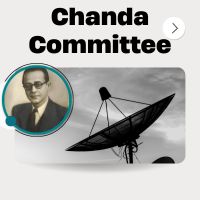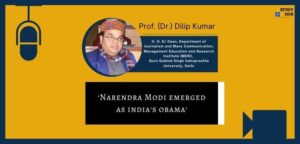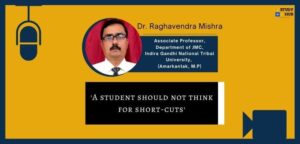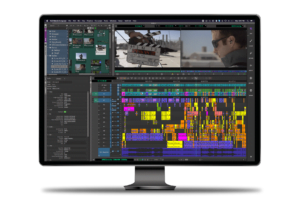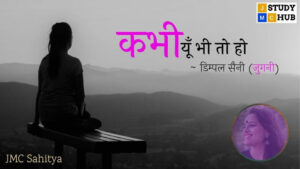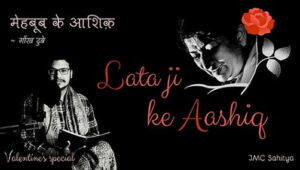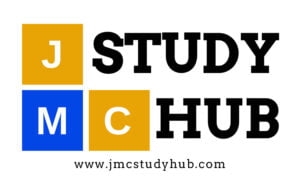NTSC (National Television System Committee) is a video format and color encoding system that was introduced in the United States in the 1950s. It uses a combination of analog signals to transmit video and audio information over the airwaves and includes a specific method of color encoding to reproduce colors accurately on a TV screen.
Two different signals: a luminance signal and a chrominance signal
NTSC color encoding works by encoding color information in two different signals: a luminance signal (Y) and a chrominance signal (C). The luminance signal contains information about the brightness or lightness of the image, while the chrominance signal contains information about the color and saturation of the image.
In NTSC color encoding, color information is modulated onto a subcarrier frequency that is added to the main video signal. The chrominance signal is then phase-shifted and amplitude-modulated to create two separate signals that represent the color information. These signals are then combined with the luminance signal to create the final video image that is displayed on the TV screen.
For example, in a scene with a red apple against a green background, the NTSC color encoding system would use the luminance signal to encode the brightness of the apple and the chrominance signal to encode the red color. The green background would be encoded using the luminance signal and the chrominance signal to encode the green color.
Overall, NTSC color encoding has been widely used in North America and some other parts of the world for many years, but it has largely been replaced by other digital video formats, such as the ATSC standard, which provides better image quality and support for high-definition video.
Advanced Television Systems Committee
ATSC stands for Advanced Television Systems Committee, which is a set of technical standards for digital television (DTV) in the United States. The ATSC standards were developed to replace the older analog NTSC format and provide a better-quality digital television signal. The ATSC standard uses a digital signal to transmit video, audio, and other data, rather than the analog signals used in the older NTSC format.
The interlaced lines for NTSC colour standard
The NTSC color standard uses a total of 525 scan lines to display an image on a television screen. Out of these 525 scan lines, the first 21 lines are used for the vertical synchronization signal, while the last 9 lines are used for the vertical blanking interval. The remaining 495 lines are used to display the actual picture. However, these 495 scan lines are interlaced, meaning that the odd-numbered lines (1, 3, 5, etc.) are displayed first, followed by the even-numbered lines (2, 4, 6, etc.) to create a complete image. This interlacing technique helps to reduce flicker and improves the quality of the displayed image.
Related Questions asked in exams
Q. The interlaced lines for NTSC color standard number: (2006 Dec- UGC-NET Exam Mass Communication)
(a.) 475
(b.) 500
(c.) 525
(d.) 550
“We hope this blog post has been helpful in preparing for your UGC-NET or Journalism and Mass Communication exams. We encourage you to share your thoughts in the comments section below and join in the conversation. Your feedback is valuable to us, and we look forward to hearing from you!”






